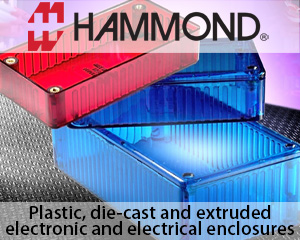SE873Q5 GNSS receiver delivers power reduction and boosted sensitivity
New Delhi, October 25, 2016 – Telit, a global enabler of the Internet of Things (IoT), today announced commercial availability of the SE873Q5, an ultra-low-power, high-sensitivity GNSS module with very small physical dimensions, completely compatible with its popular SE873 module. The new module leverages Telit innovation in miniaturization technology to improve power saving and sensitivity, delivering longer battery life and expanding design possibilities for tracking and navigation application areas particularly in wearable devices. The multi-constellation receiver module can be set to a number of different power saving modes depending on application requirements and includes an ultra-low noise LNA boosting sensitivity which allows developers to explore a much wider variety of device designs, enclosures, and relative placement inside personal devices, garments, or other space constrained electronics.
The SE873Q5 is the smallest flash-memory based GNSS module capable of tracking three constellations simultaneously at its power level. It integrates innovation in components and design reducing power consumption by 20%, while boosting satellite signal reception sensitivity compared to the SE873. With complete pin-to-pin compatibility, the SE873Q5 can also be applied in existing designs based on the SE873, instantly boosting device performance as well as creating opportunities for new and upgraded products with very short time-to-market.
“When it comes to application areas like wearables and others in the commercial and consumer spaces, there is no such thing as ‘too small’ or ‘too power-efficient’,” said Felix Marchal, Executive Vice President of GNSS and Short Range Wireless. “And when you add to this type of efficiency, a stellar front-end RF performance in a miniature global satellite positioning receiver module, you immediately open up new product and business opportunities because now your antenna requirements are easier to meet; and you can explore more ‘buried’ designs where the module, used with an integrated antenna, can be encased deeper into the physical environment of the consumer, commercial, or industrial application.”







